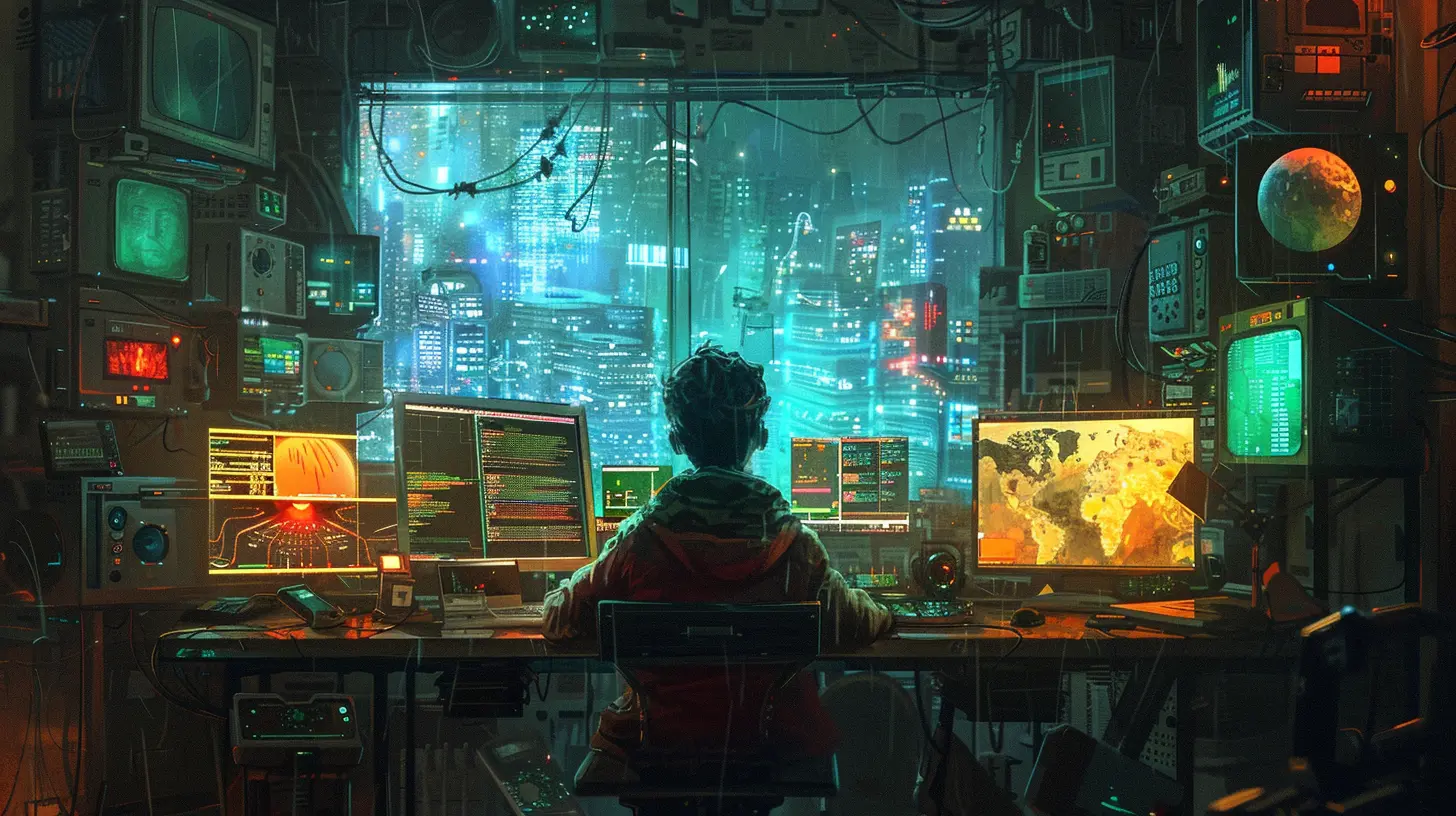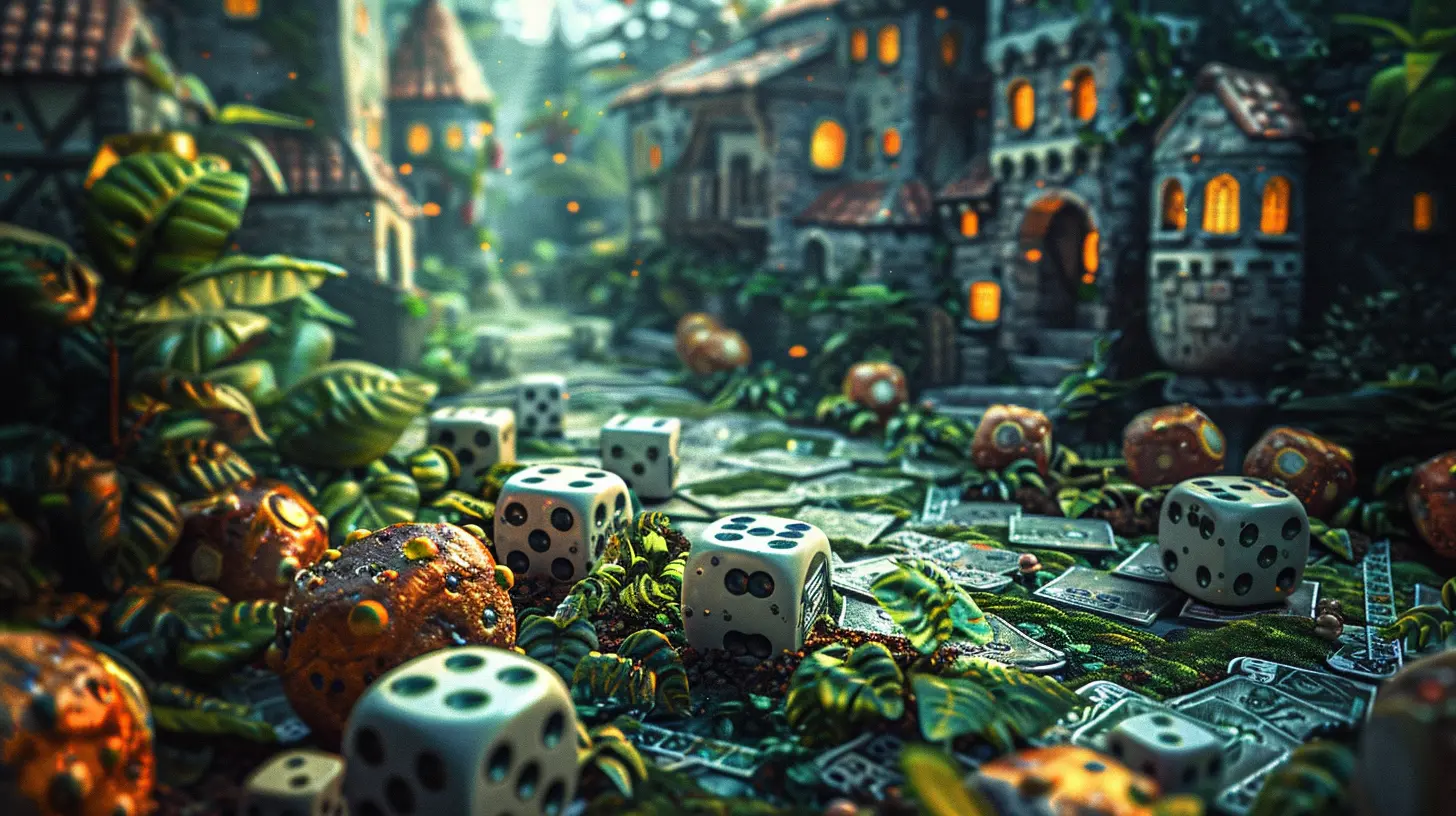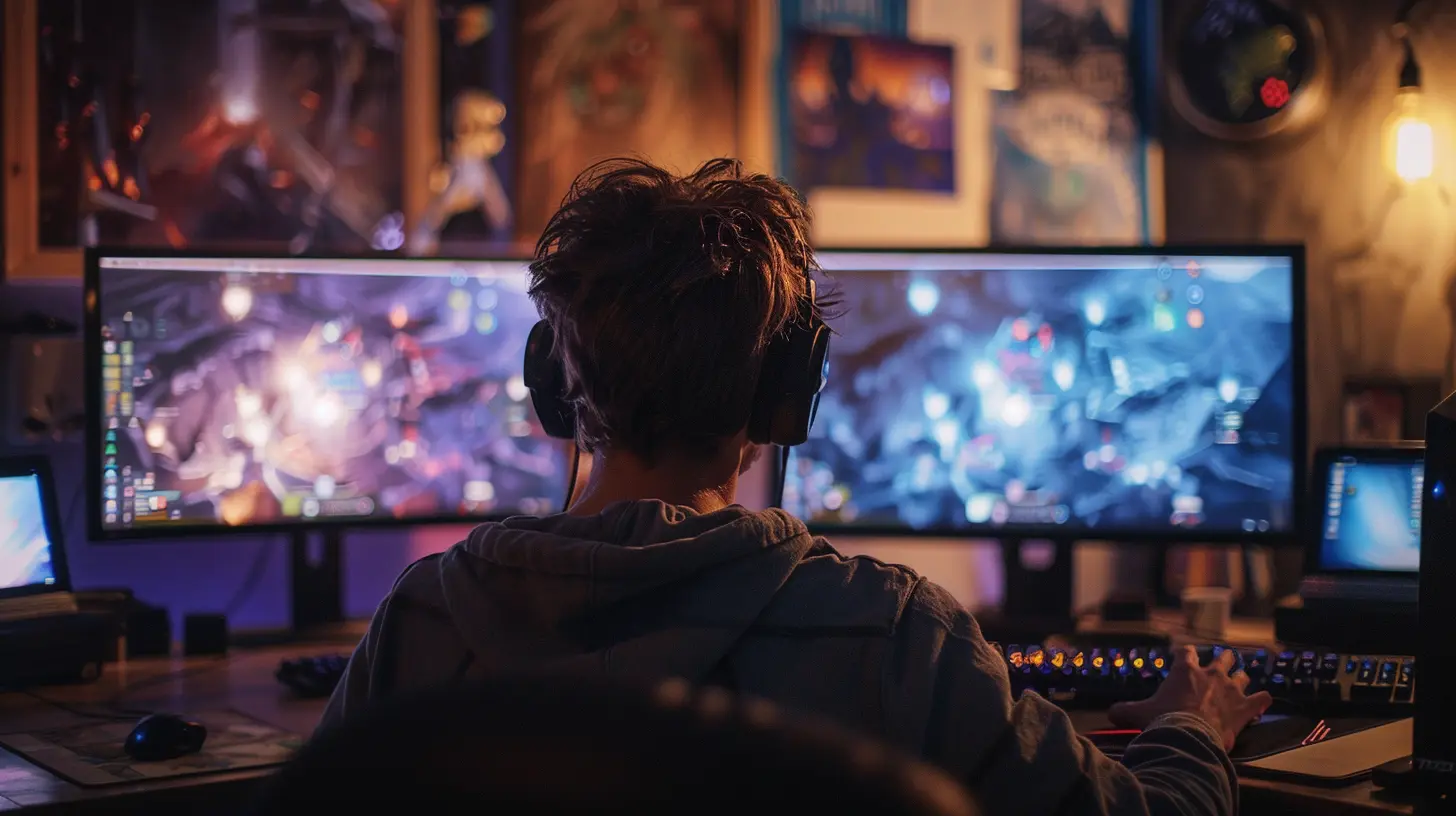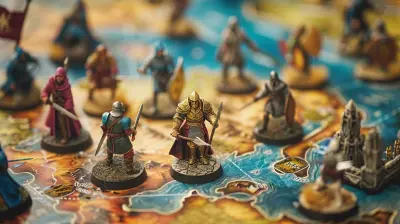What’s Next for Kickstarter After a Decade of Game Funding?
1 October 2025
Let’s face it — Kickstarter changed the game. Literally. For over a decade, it’s been the go-to launchpad for indie developers and tabletop creators looking to bring their passion projects to life with the help of everyday gamers like you and me.
From legendary board games like Gloomhaven to digital gems like Hollow Knight, the platform has helped thousands of creators skip the corporate gatekeepers and go straight to the people who care most: the fans.
But now we’ve hit a turning point.
The gaming world moves fast, and Kickstarter’s not the scrappy underdog it used to be. As the crowdfunding scene evolves and competitors loom large, it’s time to ask the big question:
What’s next for Kickstarter after a decade of game funding?
Let’s unpack that.
A Look Back: How Kickstarter Became a Gaming Powerhouse
Back in 2009, Kickstarter launched with a simple goal — help creative people fund their dreams. It didn’t take long for game developers to notice. Fuelled by a wave of indie enthusiasm and gamer support, Kickstarter quickly became synonymous with experimental and boundary-pushing games.Projects like Double Fine Adventure (aka Broken Age) and Pillars of Eternity ignited a golden age of crowdfunded gaming. Fans were finally getting the kind of titles big publishers wouldn’t touch. It was exciting. It was risky. It was fun.
By 2015, games had become one of Kickstarter’s most dominant categories. We saw million-dollar tabletop titans, jaw-dropping stretch goals, and a community rallying around creators with unmatched energy.
But fast-forward to today, and things feel different.
Cracks in the Crowdfunding Armor
So what went wrong? Well, it’s not all doom and gloom — but the shine has started to wear off. Let’s break down the major cracks in the Kickstarter model.1. Delays, Disasters, and Broken Promises
Here’s the cold, hard truth: Kickstarter projects have a trust problem.Sure, there are success stories. But for every win, there’s a trail of delays, scope creep, and flat-out unfinished games. Backers have been burned. Some creators bit off more than they could chew. Others disappeared after cashing the check. It’s like ordering a pizza and sometimes getting a calzone, other times just a greasy paper bag.
Gamers are wiser now. Less patient. More skeptical.
2. Competition Is Heating Up
Kickstarter’s not the only game in town anymore. Fig, Gamefound, Indiegogo, and even Patreon have started carving out slices of the crowdfunding pie. Not to mention digital storefronts like Steam offering early access as a kind of pseudo-crowdfunding.Gamefound, in particular, has become a haven for tabletop creators. It offers tools Kickstarter just doesn’t — pledge management, stretch goal tracking, integrated shipping systems, and more.
Why settle for Kickstarter when a newer platform is tailor-made for your needs?
3. The Blockchain Backlash
In 2021, Kickstarter announced they were moving to blockchain tech. Sounds fancy? Maybe. But it left a sour taste in many mouths.Lots of creators and backers were vocal about their confusion and frustration. Terms like “decentralized protocol” and “environmental impact” had people scratching their heads and wondering, “Wait, why are we doing this again?”
If the goal was modernization, the rollout felt more like a faceplant.
So, What Needs to Change?
If Kickstarter wants to stay relevant for game funding in the next decade, it needs to evolve — fast. Here’s what we think they need to focus on.1. Rebuild Trust With Backers
People don’t want just flashy trailers and sweet promises. They want transparency. Progress updates. Risks explained up front. Kickstarter needs to reward creators who over-communicate and hold accountable those who ghost their projects.Maybe it's time for a verified creator program — or badges for creators who consistently deliver. Something that says, “Hey, you can trust this team.”
2. Better Tools for Creators
Kickstarter’s UI hasn’t aged well. It still feels clunky. Creators are using third-party tools just to manage pledges. Kickstarter needs to step it up. Add integrated pledge management. Offer marketing support. Build devlog features that help maintain momentum post-launch.It should feel less like a prehistoric message board and more like an ecosystem.
3. Support for Long-Term Projects
Here’s a fresh idea: Long-term funding tiers.Not every game can be made in 12 months. Some need three years. Why not introduce staggered funding that lets backers contribute over time, based on project milestones? That could help creators stick to realistic timelines while minimizing risk.
The Rise of Hybrid Funding Models
Here’s something we’re seeing more and more: hybrid funding.Some creators now use Kickstarter as a marketing tool more than a financial lifeline. They launch with investors already on board, use Kickstarter to prove demand, then fund the rest through publishers or post-campaign sales.
Smart, right?
This might be the model of the future: Kickstarter as the first act, not the main event. It lowers the pressure on creators and gives fans more confidence a project will actually finish.
The Indie Dream Is Still Alive — But Different
Indie devs haven’t abandoned Kickstarter — far from it. But they’re adapting. They know they have to work harder for attention. They’re building communities on Discord, Reddit, and Twitter before they hit that “Launch” button.Tabletop games, in particular, are still thriving. In fact, board games are now Kickstarter’s most successful category consistently. Why? Because they deliver.
Unlike video games, physical games are easier to scope, test, and deliver. Plus, people love seeing tangible rewards. Dice, miniatures, cards — they just feel real compared to digital promises.
Could Kickstarter Become a Curated Platform?
Let’s get radical for a second.What if Kickstarter went full Netflix and started curating or even funding some of its own projects? Imagine a Kickstarter Originals badge that guarantees quality — maybe even exclusive deals for backers or early access privileges.
This could help cut through the noise and elevate quality campaigns. Less shovelware. More spotlight on genuinely promising games.
It’s risky, but it might invigorate the platform and make it feel relevant again.
Web3, NFTs, and the Metaverse — Yay or Nay?
Let’s be blunt: most gamers don’t want NFTs in their games. The initial buzz has cooled, and the backlash is real.If Kickstarter’s still leaning into Web3 tech, they need to tread carefully. Gamers are no longer dazzled by buzzwords. They want value, not vapor.
Instead of chasing fads, Kickstarter should focus on building tools that actually help creators — like better analytics, audience targeting, or AI-assisted campaign management.
A New Kind of Community
One of the biggest missed opportunities? Community building.Kickstarter campaigns get tons of traction during the funding phase — and then radio silence. What if Kickstarter offered built-in forums or Discord-like features to keep that momentum going after the campaign ends?
Creators shouldn’t have to start over every time they launch something new. Imagine a platform where each project adds to your long-term community. That’s the kind of sticky ecosystem Kickstarter needs.
So… What’s Next?
Okay, let’s wrap this all up.Kickstarter is still very much alive. It's still helping creators make magic happen every week. But the ground has shifted. The player base is older, wiser, and more demanding. The crowdfunding jungle is dense with new platforms, new strategies, and higher expectations.
To survive the next decade, Kickstarter has to:
- Earn back trust
- Upgrade its tools
- Embrace hybrid models
- Support creators beyond launch
- And maybe — just maybe — start curating like a boss
Because here’s the deal: at its best, Kickstarter represents what gaming is all about — passion, creativity, and community.
But if it wants to play in the big leagues for another decade?
It’s time to level up.
Final Thoughts
Crowdfunding isn’t dying. It’s evolving. And Kickstarter needs to evolve with it. The platform helped spark a revolution in gaming, but revolutions don’t pause for anyone.Still, I’m optimistic. There are still creators with wild ideas and fans who want to believe in them. There's still a hunger for games that break the mold. For the underdogs, the experimenters, the dreamers.
And if Kickstarter can adapt? It just might stay in the game — and lead the next revolution.
Let’s see what the next level holds.
all images in this post were generated using AI tools
Category:
Kickstarter GamesAuthor:

Emery Larsen
Discussion
rate this article
1 comments
Ulysses West
Kickstarter's transformative journey in game funding has only just begun! The future holds endless possibilities for innovation, creativity, and community collaboration.
October 4, 2025 at 2:40 AM

Emery Larsen
Absolutely! The future of Kickstarter in game funding is indeed bright, and we're excited to see how innovation and community collaboration will shape the next chapter.


